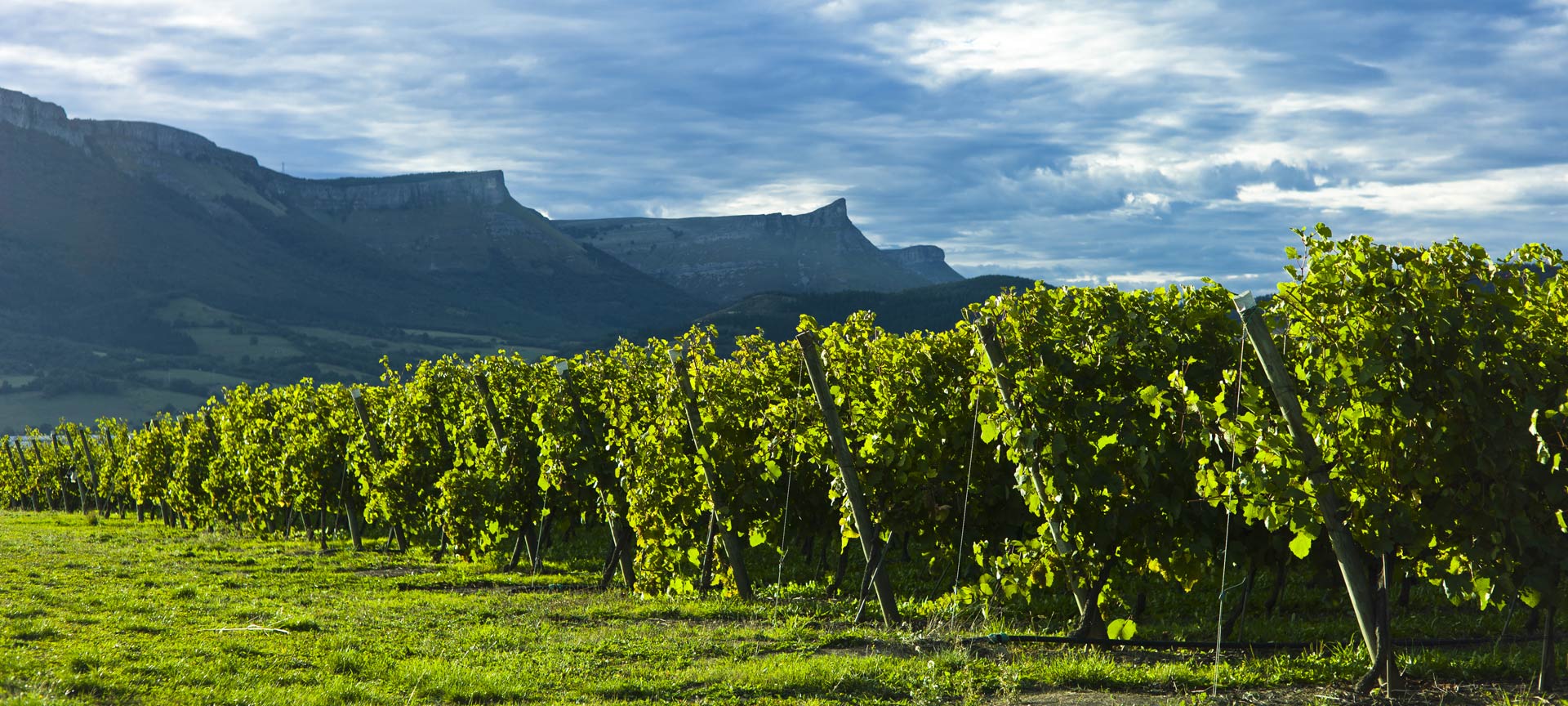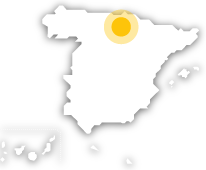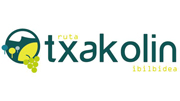What are the wines like?
Txakoli is the typical white wine of Euskadi, made predominantly from the local grape known as Hondarribi zuri. This light, fruity and slightly sparkling wine has a tart, refreshing edge.The wines from the municipalities of Laudio, Amurrio and Okondo belong to the Álava Designation of Origin, whereas wines from Orduña belong to the Txakoli de Vizcaya label.Txakoli goes very well with shellfish, fish and sushi. However the most common pairing in winery txakoli tastings is with another product with close links to local traditions, namely cheese (mostly from the Idiazabal Designation of Origin).
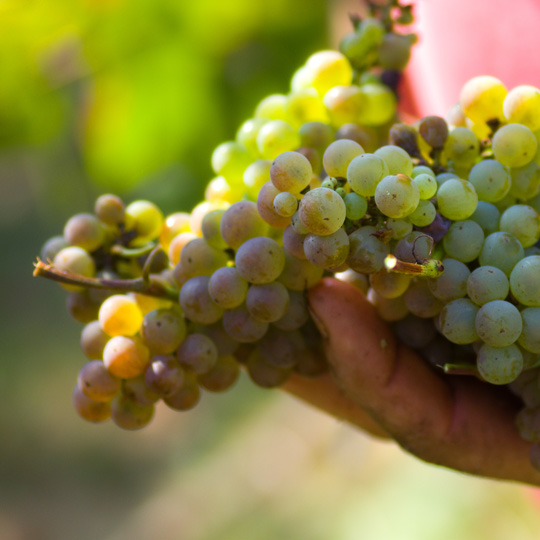
©
Ruta del Vino del Txakolí
What I can find
A rich cultural heritage. This includes particularly the monumental site of Quejana and the historic quarters of Orduña and Artziniega, where visitors will find stately houses and palaces and museums exploring the various Basque traditions –an example is the museum dedicated to liqueur in Amurrio. Guided visits are available.Nature areas such as the mountain landscape of Sierra Salvada. There are ideal for birdwatching tourism, and can be explored on foot thanks to the GR-284 Camino de la Sopeña. The region’s star attractions in terms of landscape are the Nervión viewing point (in the spring thaw, there is a 300 metre waterfall) and the Maroño reservoir, where several species of migratory birds can be seen.Visits to wineries and cheese industries, and other activities such as discovering ancient natural ice pits or taking part in the wine harvest and making txakoli.Activities for families (walks through vineyards, observing animals in Basque farmhouses…), and for the more adventurous (skydiving, hot-air balloon rides…).Traditional festivities in each municipality, wild mushroom competitions, "Txakoli eguna" (Txakoli day), food and agricultural fairs, "pintxo" contests, livestock and farming fairs, sporting competitions, mountain hikes…Its gastronomy is rich in typical produce such as Idiazabal cheese, honey, home-made bread, chorizos, black pudding and much more, in addition to organic agriculture and livestock farming which are used to make a range of jams, among other products.For more information, please visit any tourist office.
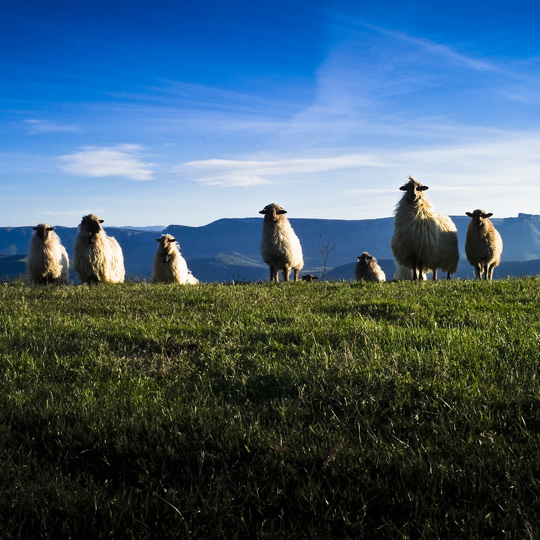
©
Ruta del Vino del Txakolí
How to get here
The route is well connected with the capital cities in each region (Bilbao and Vitoria-Gasteiz), from which it is easy to travel by car:
From Bilbao: A-68 motorway. Exit at Laudio-Llodio.From Bilbao and Santander: Balmaseda turn-off (BI-636), and in Sodupe head towards Gordexola-Artziniega.From Vitoria and Logroño: A-68, then take the Laudio-Llodio exit.
If you're travelling to the region by train you can use the long-distance rail services –one of which links Bilbao with Madrid in around five hours.
If you prefer the plane, the nearest major airport with international connections is Bilbao (only 12 kilometres outside the city centre).
The towns of Artziniega, Ayala, Llodio, Okondo, Amurrio (all in Álava) and Orduña (this last in Vizcaya) form part of this Wine Route. They all have tourist accommodation, restaurants and wineries related to the production and culture of txakoli. Use the situation map in the "How to get there" section to see all the destinations on the Wine Route.
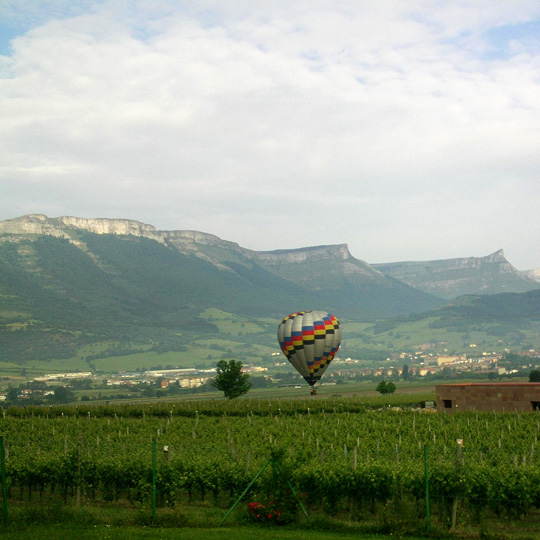
©
Ruta del Vino del Txakolí

